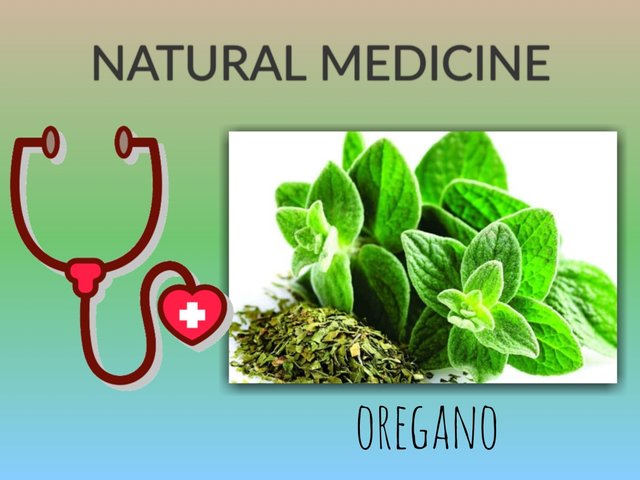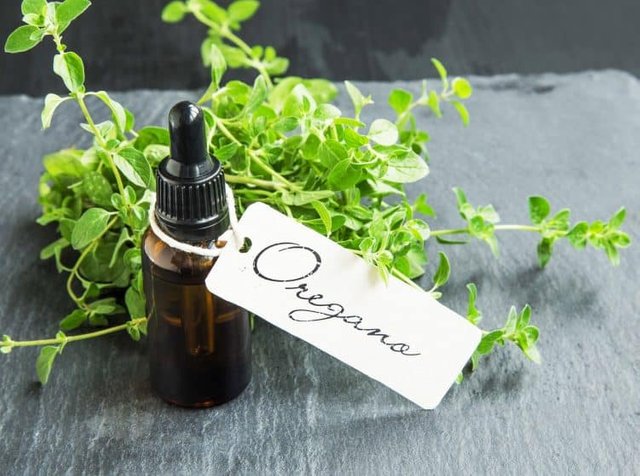The Oregano for Health
A special greeting for all readers who love natural medicine. I was born in a home where many diseases were treated with natural remedies, at home never missing oregano.
When we talk about oregano we always think about their culinary skills. However, oregano is much more. As with other members of the rich vegetable kingdom, it is a plant with medicinal properties registered from yesteryear that today are scientifically proven to be used with satisfactory results in green medicine.
Oregano or mountain joy

The oregano voice comes from the Latin origanum and from the Greek origin. In the Hellenic language it is derived from oxen, which means mountain, and gan that represents bursting with joy, so its translation is "joy of mountains", an expression used in the popular proverb as "not all the mountain is oregano", with The moral that all things are not pleasant, easy or productive. According to Greek mythology, the nymphs of the mountains were called Oréadas.
Oregano is considered a perennial and very aromatic herbaceous plant, of the family Lamiaceae. Its scientific name is Plectranthus amboinicus L, although it is popularly known as Mexican mint, Spanish screw, witch oregano, oregano and French oregano. In Cuba it is named oregano of the earth.
There are more than 20 species within the genus. The plant can reach up to one meter in height, with opposite leaves, oval, small and hairy on both sides. Its flowers are arranged in terminal clusters of violet color.
It has been used for ornamental purposes and as a natural remedy from the most distant past.
It has a wide distribution around the world, although its origin is located in the Mediterranean basin and in Asia. The New World arrived with the conquest, where it spread widely.
OF MYTHS AND LEGENDS
The most varied legends have been woven from oregano.
One of them says that her fragrance is due to Aphrodite, the Greek goddess of love, who is also credited with the honor of having planted the first oregano in the world.
The ancient Egyptians used it to preserve food, as a condiment and to clean wounds.
At weddings that took place in ancient Greece and Rome, the bride and groom displayed laurels of oregano.
For mystical purposes, oregano was used to attract luck and positive feelings, and in the tombs their plants were sown as a sign of eternal peace for the deceased.
WITH GASTRONOMIC PURPOSES
Its typical fragrance makes it highly recognized in European, Asian and American cuisine. Its dry and fresh leaves are used in the preparation of broths, soups, meats, stews and salads, but its use in powder form is recommended to enhance its flavor.
In Italian cuisine it is used together with basil in the preparation of its traditional pasta. It is also a basic component of seasoning in the Americas. For example, the so-called tuco, tomato sauce typical of Argentina and Uruguay, has as its main ingredient oregano powder.
As a typical plant in tropical regions, oregano has been grown in Cuba for many years and is an everyday ingredient of Cuban cuisine.
PRESERVED AS A TRADITION
Traditionally, in the world their fresh leaves are used in remedies to achieve bronchodilator effects, expectorants and for respiratory infections and digestive disorders. In earaches it is used in the form of drops, prepared with leaves sauteed in oil.
In Asian medicine it has also been used as an antiepileptic. In India, the juice of steam-dried French oregano leaves is administered orally in the treatment of digestive diseases and as an antipyretic.
In Cuba, oregano decoctions are popular remedies for colds and bronchial asthma.
YOUR PROVEN MEDICAL PROPERTIES
Because of its long tradition, oregano is part of the list of plants submitted to research studies for several decades, with the aim of preparing phytopharmaceuticals with proven properties that may be available in the network of pharmacies throughout the Island.
The results of research conducted with French oregano have shown the presence of families of compounds with antioxidant properties such as flavonoids, tannins and essential oils.
In Cuba, oregano syrup has been available for some years, used for disorders of the respiratory system and in some allergic processes with positive results. The tablets of Plectranthus amboinicus Lour Spreng (French oregano) are also approved for their effective application in the symptoms of the common cold.
It is stated in the literature that it has antimicrobial properties, but it is necessary to continue with the studies that allow to check the therapeutic doses and the most recommended formulations. For the moment, it is important to point out that the proven presence of phenols and terpenes are due to the properties assigned to French oregano as antibacterial, antiviral and antifungal.
As research continues to expand its therapeutic profile, several elements are important to take into account: its proven innocuousness and its antioxidant properties and, of course, its characteristic fragrance and flavor, aspects that keep it as a safe candidate in Cuban cuisine and of the world.
Thank you for your attention, I thank you for your support and comments.

Great job @carolina17 thanks for sharing this post with us today, we @farms find this post informative and educative to this community and sub-community
Resteem